Warm Region Garden Tips
A monthly gardening checklist is a valuable tool for any gardener, whether you're a seasoned pro or just starting out. It helps you stay organized, efficient, and ensures that your garden thrives throughout the year.
This checklist primarily addresses gardening in warm climate regions but offers some general gardening practices applicable to gardens in all climates.
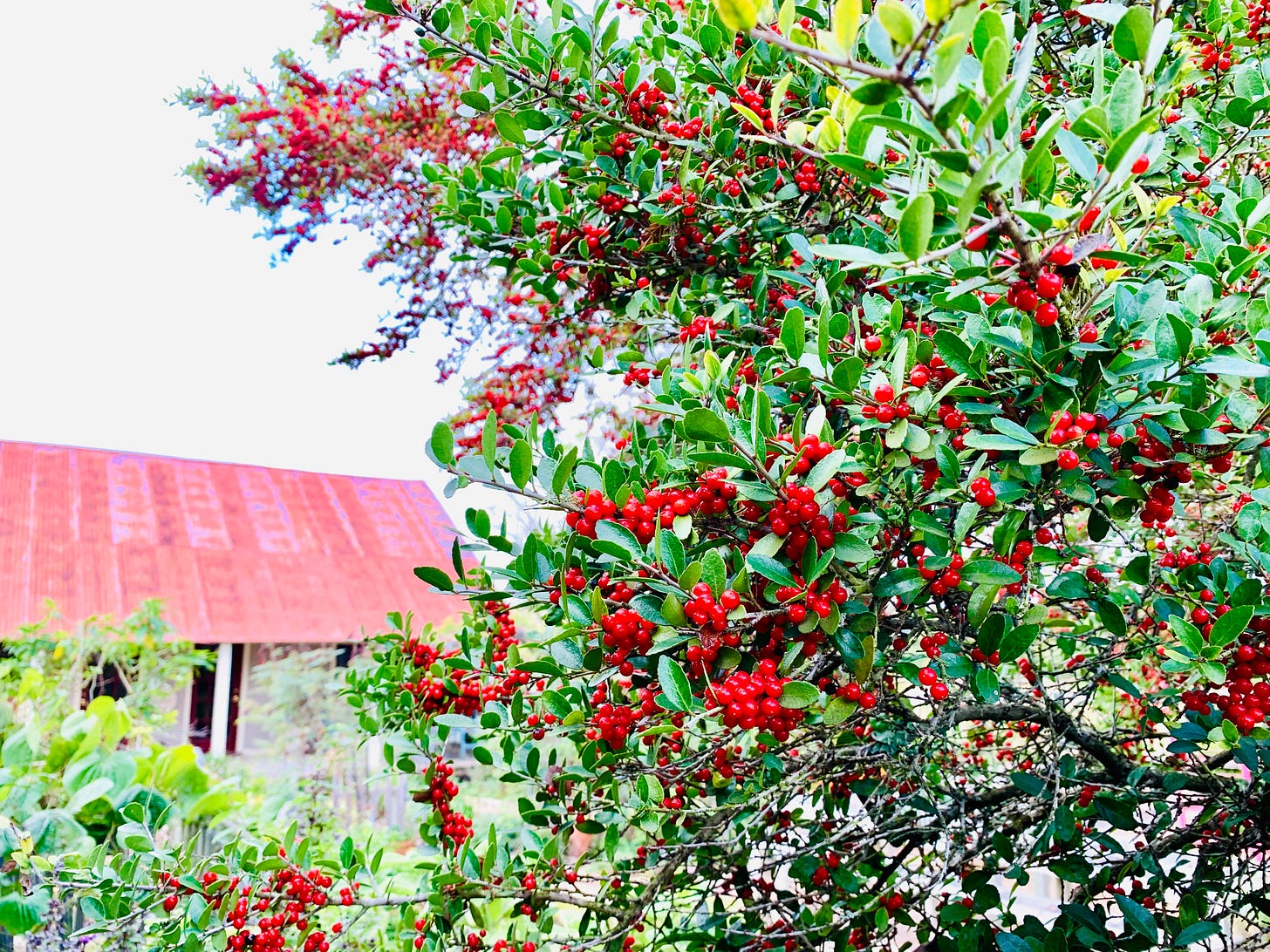
While December is a holiday season, your garden doesn't have to take a backseat. It is the perfect time of year to lay the groundwork for a thriving garden in the coming months. With a little planning and effort, you can ensure your garden is set to flourish come spring. In fact, even if you are in the planning stage, it is a good idea to review your wish list, your schedule and make plans.
December is actually a good time to assess your landscape. Reflect on any challenges you faced this year and explore solutions and make plans to take action in the new year. Are there changes you wish to make or does something - a plant, a structure - need to be added or replaced? While there are fewer garden chores, especially in colder regions, remember as Kipling said, "gardens are not made by sitting in the shade and singing all day."
There are a few December tasks that will pay off in the new year.
What can be planted in December?
In warm climate regions, it is still a good time to plant trees and shrubs. Woody ornamentals are less stressed in the coolest months of the year. Planting in December gives time for their roots to become more established before the heat of summer. A water soluble, high nitrogen root stimulator is beneficial for new trees and shrubs. Soil should be kept consistently moist, but not overly wet.
A tree selection tip! Before deciding on what tree to plant, measure the area. Then select a tree with a mature size that fits the space. The most common blunder in home landscapes is planting trees that grow too large for a space and are too close to structures.
Wondering what are the best trees for your region? Check with resources like your state Extension or forest service. Texas has an exceptional tree resource in the Texas A&M Forest Service. See their Texas Tree Planting Guide. Recommended trees for central Texas where I garden are:
Large - Live Oak, Bur Oak, Chinkapin Oak, Bald Cypress, Mexican Sycamore
Medium - Mexican White Oak, Lacebark Elm, Eastern Red Cedar
Small - Crapemyrtle, Chinese Fringetree, Redbud, Mountain Laurel
What flowers and vegetables can be planted in December?
Spring flowering bulbs can be planted through December and occasionally into January in warm climate regions. Commonly grown bulbs are Spanish bluebells, daffodils, grape hyacinth, narcissus and summer snowflake. Note that to bloom in warm climates, tulips and Dutch hyacinths must be pre-chilled at 45 degrees for at least 45 days prior to planting. The winters are not typically cold enough to meet their chilling requirements for flowering.
Plant annuals that are cold-hardy to brighten a winter landscape. Calendula, dianthus or pinks, ornamental cabbage and kale, pansies, petunia, snapdragons, stock, sweet alyssum and violas. These should grow well in ground or in containers. During a hard freeze they may need covering with frost cloth.
For continued growth and flowering, deadhead and fertilize annuals every 2 to 3 weeks.
What vegetables and herbs can be planted in December?
Herbs to plant in December are those that are the most cold-hardy like thyme and oregano. Also, borage, chervil, chives, cilantro, dill and fennel. Be prepared to protect these herbs during a freeze.
Keep an eye on the long-range forecast but some vegetables can also be planted. If you don't have an in-ground garden space, grow leafy greens like lettuce in containers.
This is the planting period for vegetables by seed and *transplant for zone 9a, central Texas where I garden. Adjust planting times for your USDA Zone.
Throughout December plant beets, *Bok choi, *broccoli, *Brussels sprouts, *cabbage, carrots, *cauliflower, *collard greens, *kale, *kohlrabi, lettuce, onion sets, *mustard, spinach, *Swiss chard and turnips. Purchase transplants of arugula and lettuce or start seeds indoors along with collards, kale, mustard greens and spinach for January planting.
For growing onions and potatoes, check local sources this month or order onion sets and seed potatoes. In warm climate regions, onions may be planted in January and potatoes in February.
Plant fruit trees while dormant. Planting trees like peaches in early winter gives more time for the roots to establish before budbreak.
Protect plants during frost and freeze
Be prepared to protect plants during periods of extremely cold weather. Soil moisture is important because water protects and insulates roots from cold damage. If soil is dry before a hard freeze, water lawns, landscapes plants and containers.
Check the mulch on all woody ornamentals and tender plants. A 3-to-4 inch thick layer of mulch insulates roots from cold temperatures. Some natural mulches are shredded hardwood, pine straw and shredded leaves.
Cover cold tender plants with frost cloth during a freeze. When used correctly it can modify temperatures by six to 10 degrees. Completely cover plants with frost cloth. It must be kept secure with heavy objects like rocks so that the cloth makes contact with the ground to capture radiant heat rising from the soil. Frost cloth can be stored and used for many seasons. Be cautious using plastic as a covering as it can heat up in sunshine and actually damage foliage. This is a medium weight frost cloth to use for plant protection.
Pruning
After a frost or hard freeze, some plants may be damaged. Wait until late winter or early spring to prune woody perennials. Trim off damage on cold hardy vegetable plants. Tropical plants such as cannas, elephant ears, or gingers may be pruned and mulched for cold protection.
Delay pruning of flowering perennials until after the last average freeze date. Landscape plants such as aster, lantana and salvias will begin to initiate new growth in the last days of winter. New basal growth is a sign that the soil is warming and plants may be pruned.
To provide winter cover for beneficial insects and birds, it is a good idea to delay pruning of ornamental grasses. This also allows the crown or growing point of the grass to be protected from a freeze. Depending on the weather in warm climate regions, pruning begins as early as Valentine's Day but may be delayed until March. Prune most perennials down to 2 to 6 inches above the ground, then cover the crown with 4 to 6 inches of mulch for protection from late winter freezes. For evergreen shrubs, it is best to wait until late winter to prune and shape.
Winter is a good time for tree maintenance in warm climate regions.
Prune dead limbs and branches from trees that could be broken off by strong wind.
Corrective structural pruning may be done on dormant trees.
Remove mistletoe after deciduous trees drop leaves and it is easier to see. A pole saw is handy to remove mistletoe clusters. This pruning does not get rid of mistletoe completely, but it reduces the spread of the seeds.
Indoor plants
House plants and tender plants brought indoors for the winter can be kept slightly moist. They may grow slower in winter and need less fertilization. Inspect them occasionally for mealy bugs or scale insects.
Holiday amaryllis, paperwhites and other seasonal bulbs grown indoors need very little water. Poinsettias should be kept out of drafts, away from heat and don't allow them to wilt. Water well when the top of the soil feels dry. Cyclamen should be bottom watered. Just set them in a bowl or container of water for roots to soak it up.
Turfgrass
If needed, mow the lawn a final time in warm climates regions. It gives a nice appearance, but also cuts back winter weeds. Instead of raking, bagging and sending fallen leaves to the landfill, simply mow to shred them. They can then be left on the lawn to decompose slowly as natural fertilizer. Shredded leaves make a good mulch or may be composted. Don't let a thick layer of fallen leaves remain on the lawn all winter. An overly deep layer can weaken turf and promote disease in the spring.
Reset a sprinkler system for winter watering. Be prepared to protect hose bibs and watering hoses during a freeze.




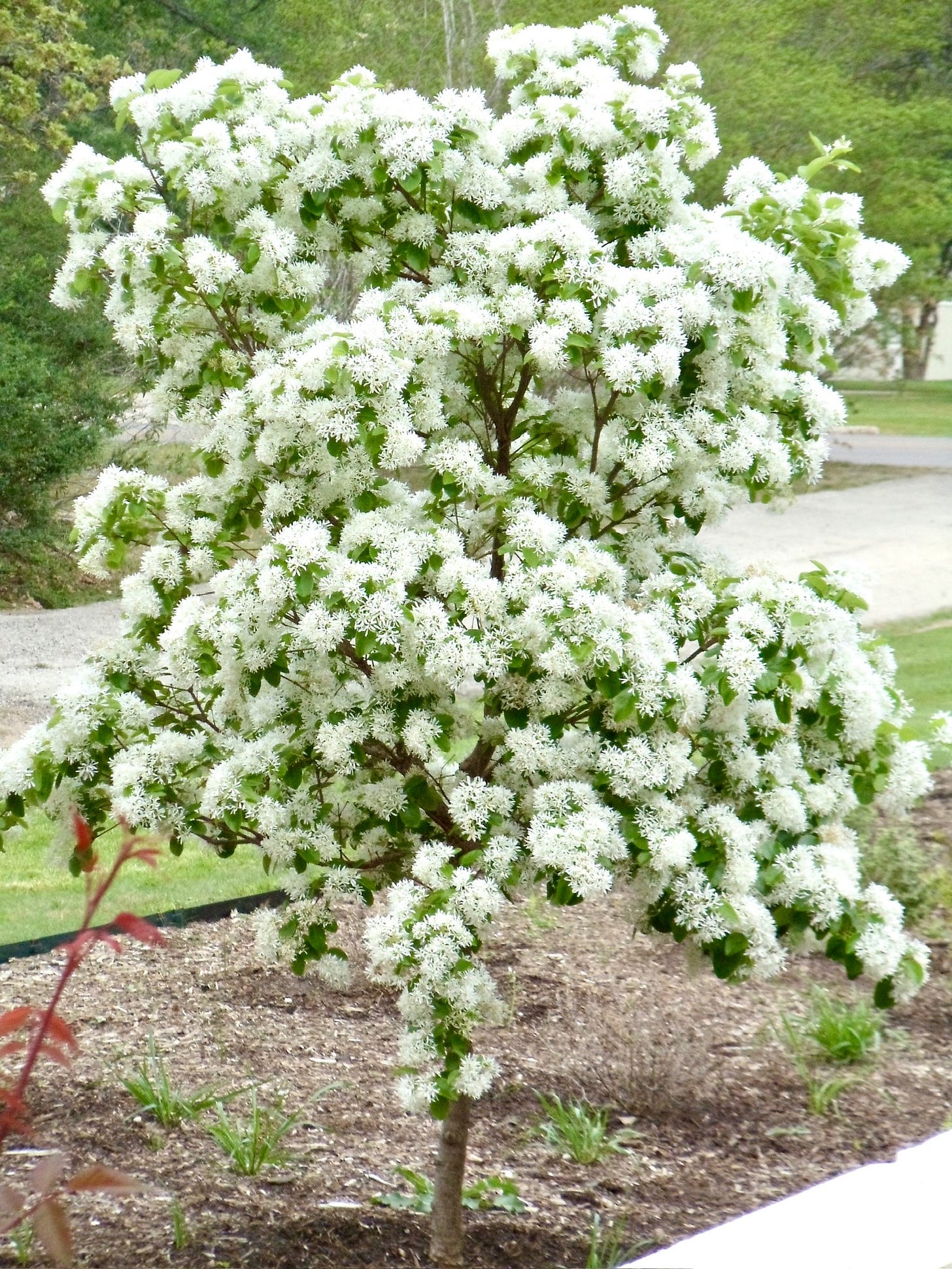
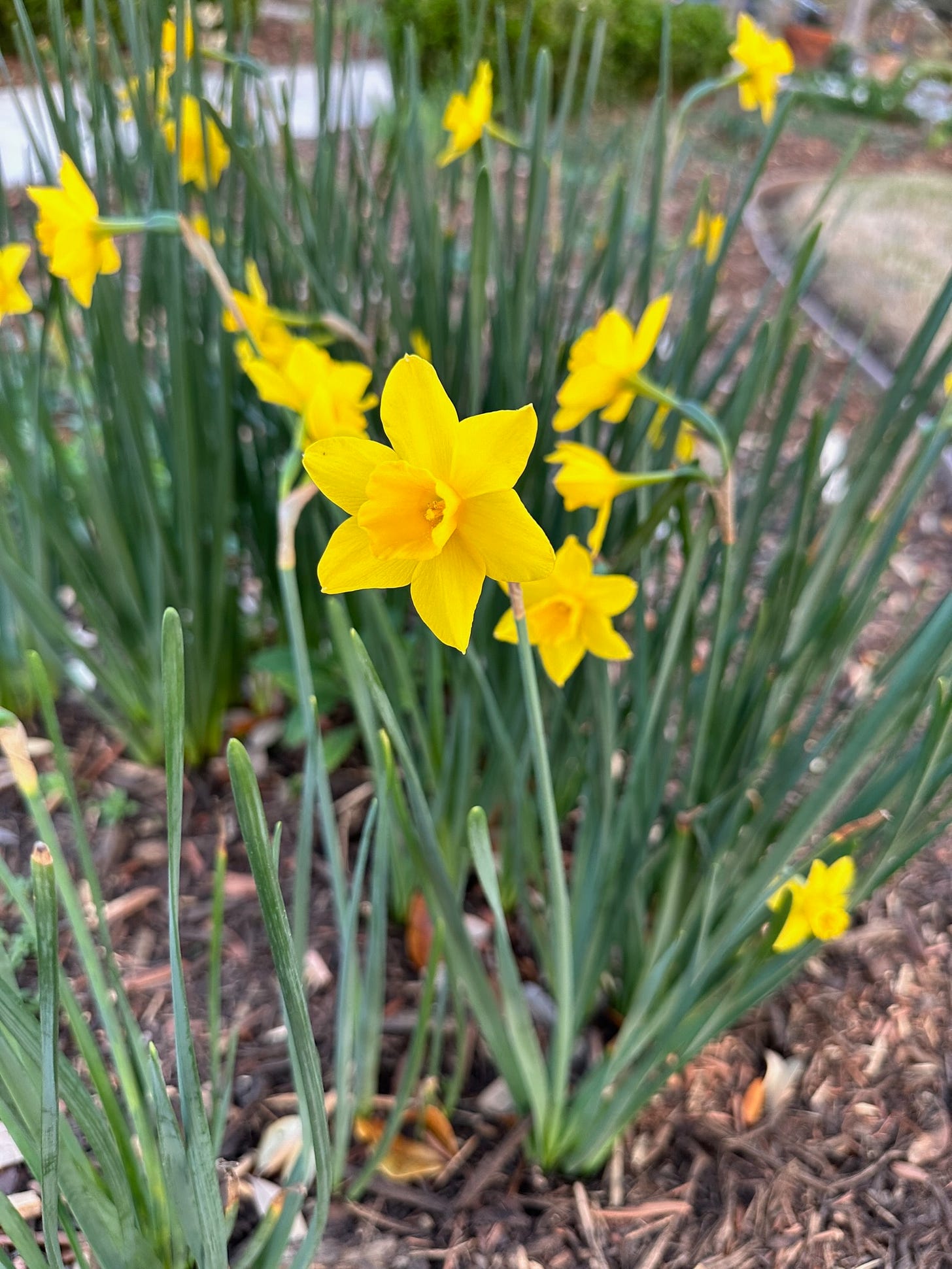
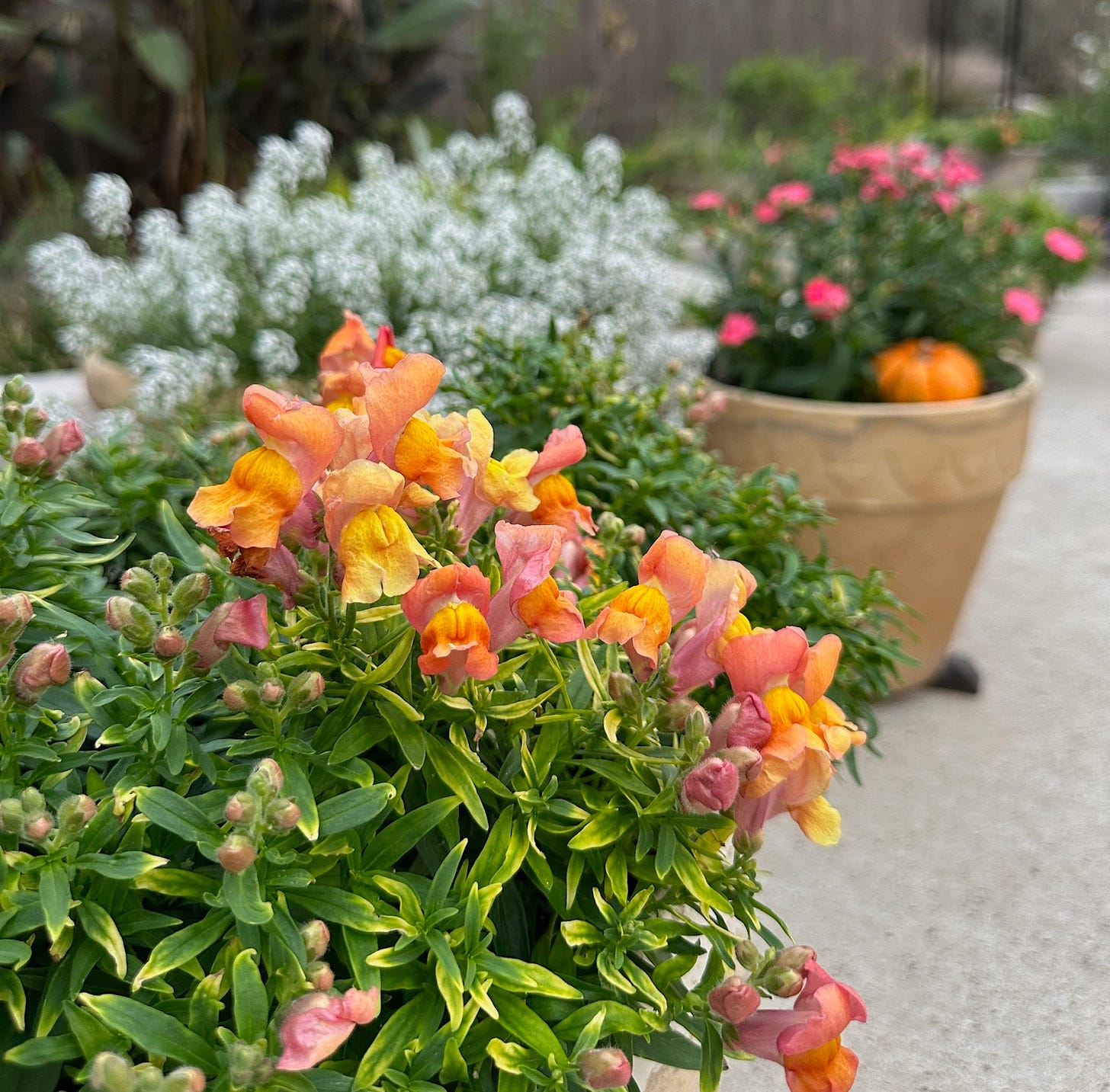
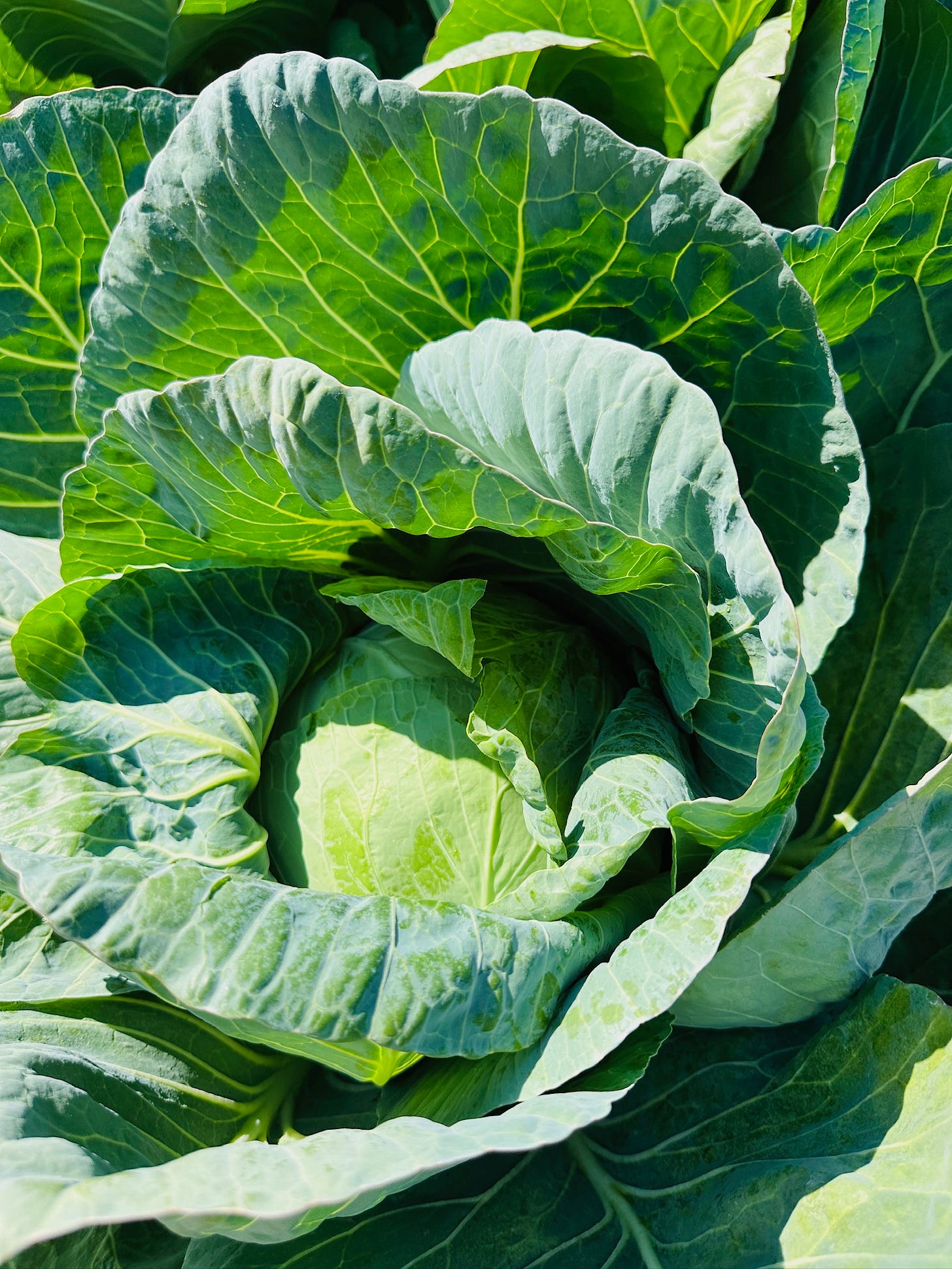

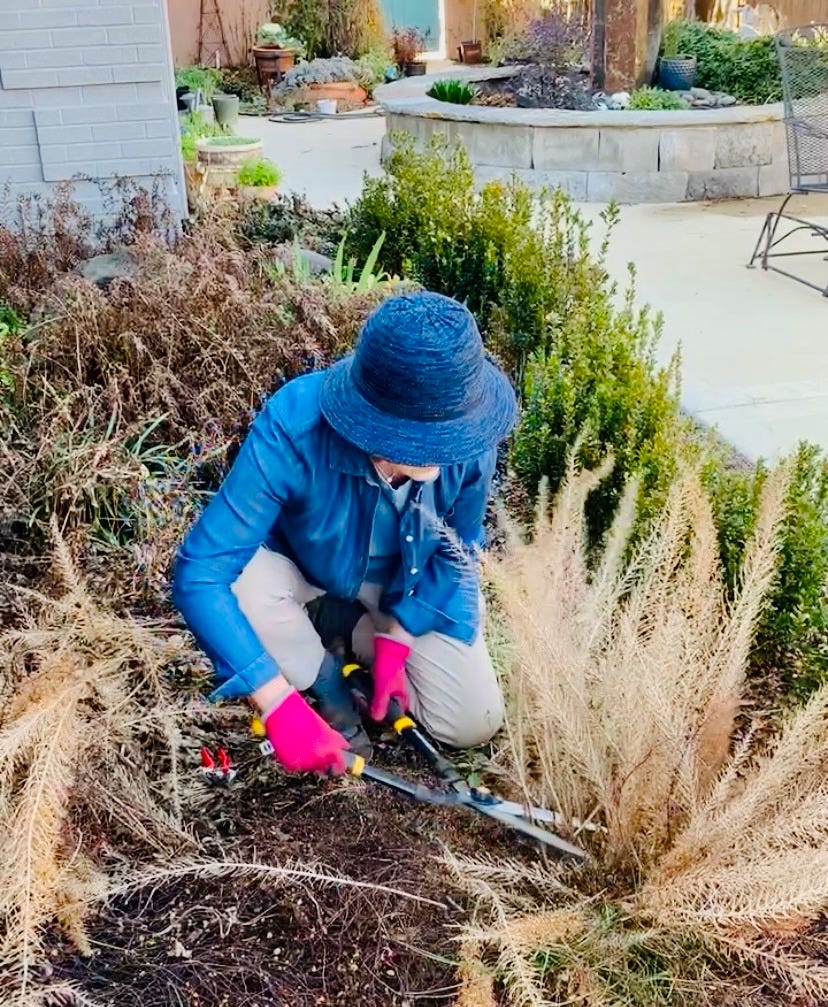
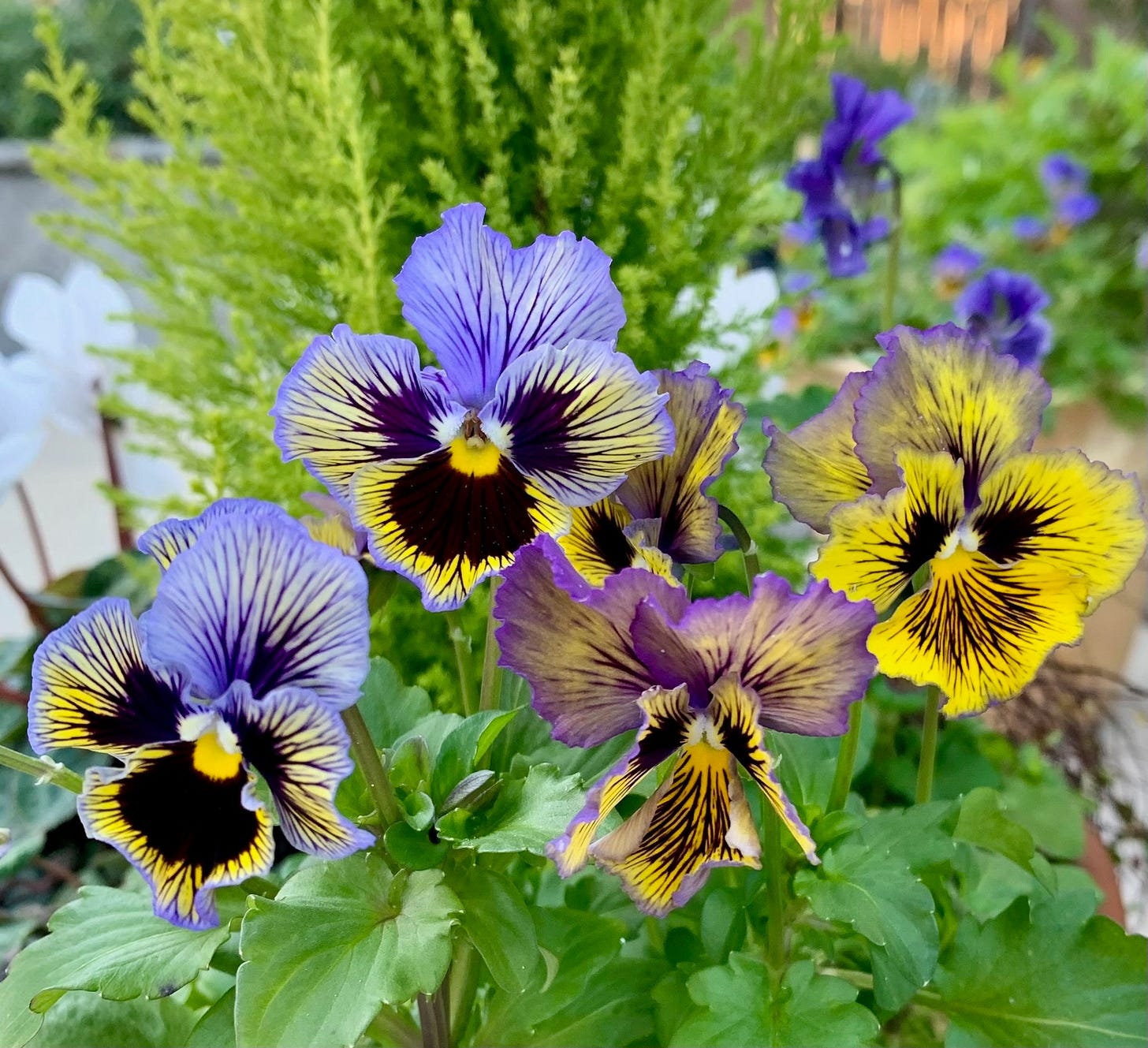
I am so grateful for your checklist and the guidance you provide, Charla! Thank you!